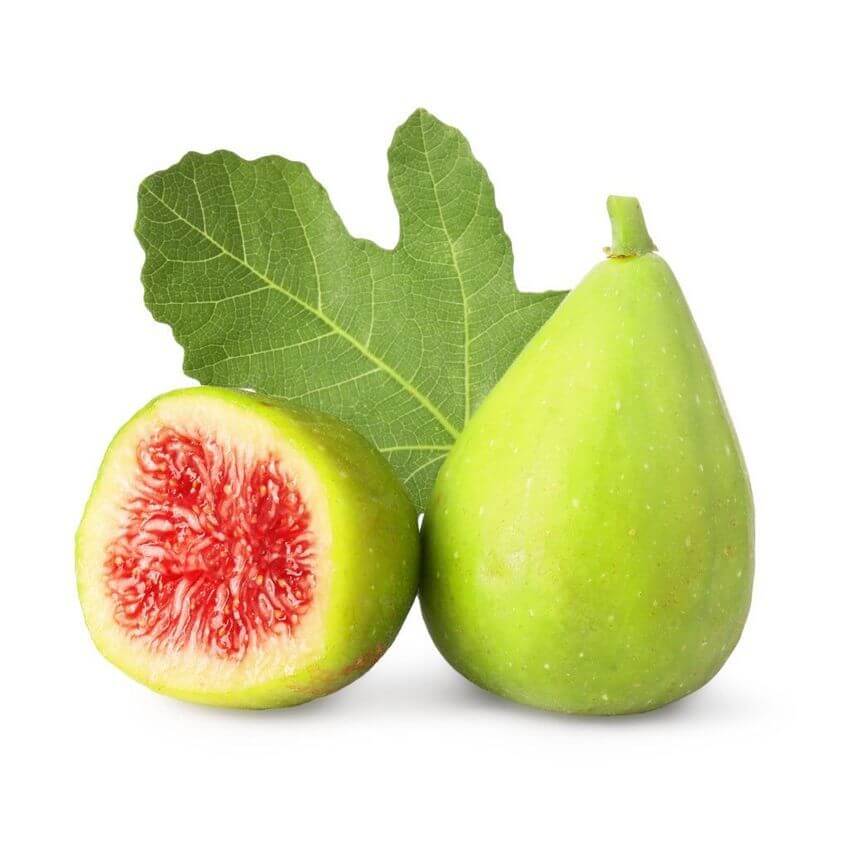Have you imagined a bountiful tree that provides plenty of sunshade and a pretty appeal to your garden spaces? Can you guess the tree’s name? Well, it is the Desert King Fig tree for all that you know!
Not only does your Desert King fig tree perform both of the above, but the tree can also give you luscious and delicious fruits to enjoy throughout the growing season.
These deliciously soft figs help you dole out pastries, cakes, jams, fruit buns, and various smoothies. Figs are rich sources of Iron, Vitamin A, Calcium, and Magnesium.
Therefore, you can sun-dry figs and enjoy them as dry fruits. You can also get hands-on with making granola or energy bars from fresh home-grown figs.
Come on, let us unveil the lowest temperature zones a desert tree grows in. We will learn many things about this wonderful tree.
Discover the Native Region of The Desert King Fig Tree
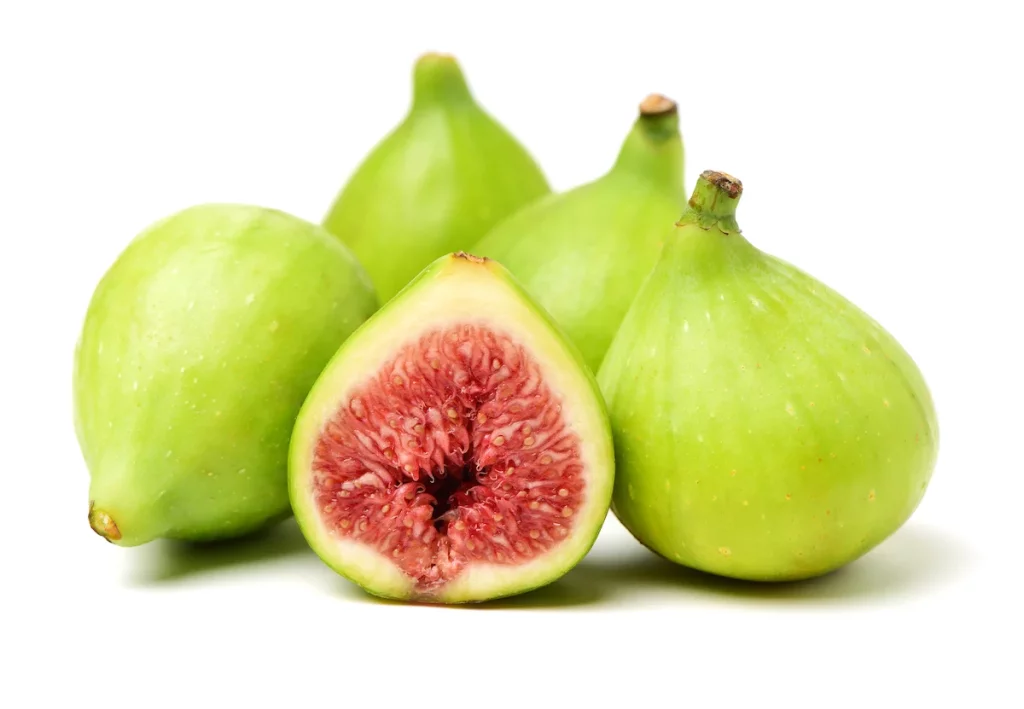
The Desert King Fig tree is a native species of the Mediterranean region. This tree is most popular amongst gardeners owing to the easy degree of maintenance it comes with. It is a highly resilient and adaptable form of tree that one can plan to grow at home or in commercial gardens. The tree grows at a height of 15-30 feet.
The Botanical name for the Desert King Fig tree is ‘Ficus Carica Desert King,’ as a matter of fact. You can expect a ravishing quality of figs from the tree during the onset of the harvest season. You need full to medium sunlight for the trees to grow and thrive. Afternoon shades can also suit the growth of this variant of trees.
Explore the Characteristics of The Desert King Fig Trees
In this segment, let us discover the overall characteristic features of the Desert King Fig trees. We will delve deep into the general appearance of the fruits the trees give away. We will have a look at the kind of winter temperature zones these trees tolerate and can sustain themselves. Alongside this, we will also have a look at how mature figs taste during the harvest season.
Helping you stay tuned to those mentioned above:
1. The Overall Appearance
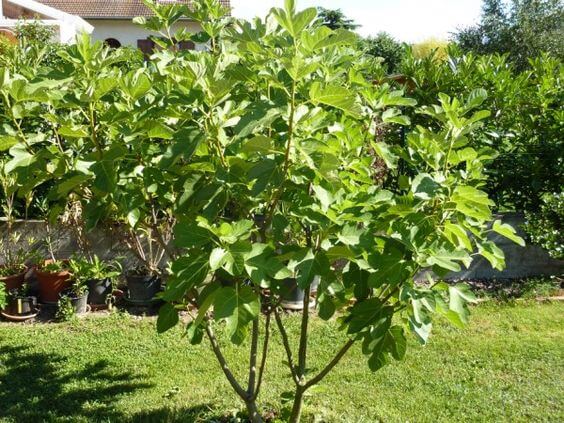
The Desert King tree is a bountiful one that can grow at a height of 15-30 tall. The trees have wide branches that spread sideways. The trees are very pretty to look at, and due to the spreading nature of the tree’s branches, the tree provides plenty of shade for passers-by when planted on highways or roadways.
A fleet of Desert King fig trees that are planted across sideways or pathways add an aesthetic appeal to the on-lookers. The trees give large fruits. Initially, the fruits are green, but they turn yellowish-green when they are ripe.
2. What is the Prototype of The Desert King’s Fig Tree?
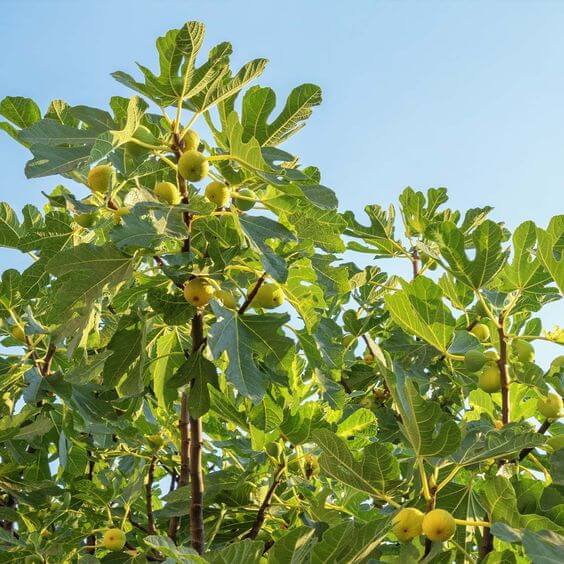
The Desert King fig tree is a tropical deciduous tree that grows in warm and sunny weather conditions. It produces deeply lobed leaves. These leaves are the ones that lend a warm, lush, and tropical feel to the overall appeal of the look of the trees on the whole.
As the trees reach a decent height and width of 15-30 feet, these trees provide a fabulous and attractive appeal to home gardens, too, while this is done without overwhelming the overall landscape of the home outdoor spaces.
3. Type of Fruits the Desert King Trees Give Away
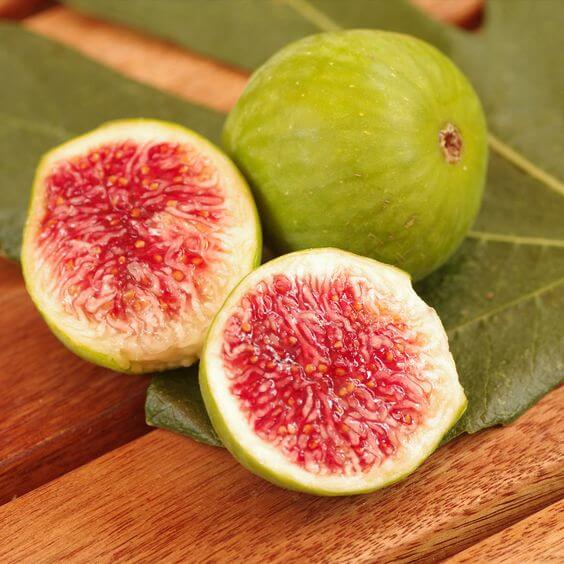
The tree gives away the tastiest of fruits, which are figs, and these fruits are usually large and luscious. The fruits measure a diameter of 2-3 mm each, and the fruits have delectable flavor.
These fruits are strawberry-red across their interiors, and the fruits taste very good. Dried figs taste great, too. The raw figs are sun-dried and stored in air-tight containers. You can then use the figs to make a tasty variety of tarts, pastries, cakes, jams, and other bakery delights. Rich smoothies made from figs are power-packed sources of energy.
4. Temperature Zones of Desert King Fig Trees
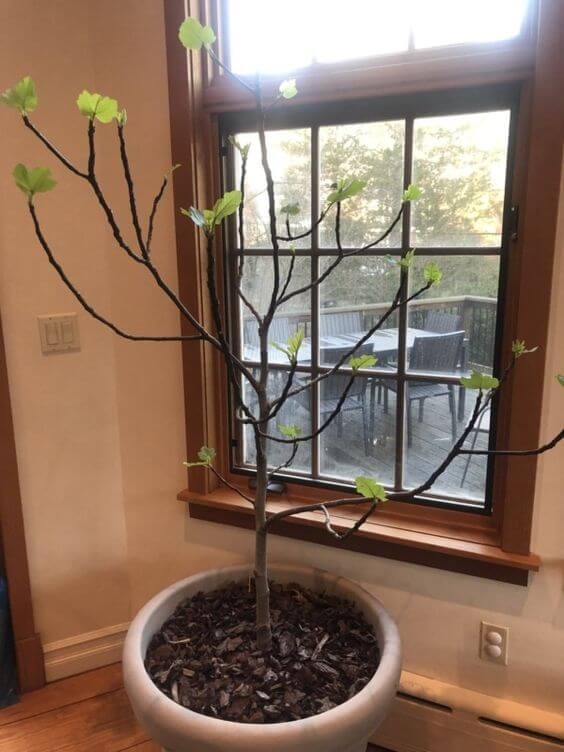
The fig trees are known to sustain hard weather conditions hassle-free. These trees can grow in conditions wherein the winters are cold, too. In fact, the Desert King fig trees can sustain temperatures that dip to as low as minus 20 degrees Celsius.
The fig trees grow across the USDA weather zones, to be exact. Therefore, the trees are known for their resilience and adaptability to changing climate zones. These include colder regions of the Northern areas of the US up until the warmer southern areas of the continent.
5. Soil Preferences of The Desert King Trees
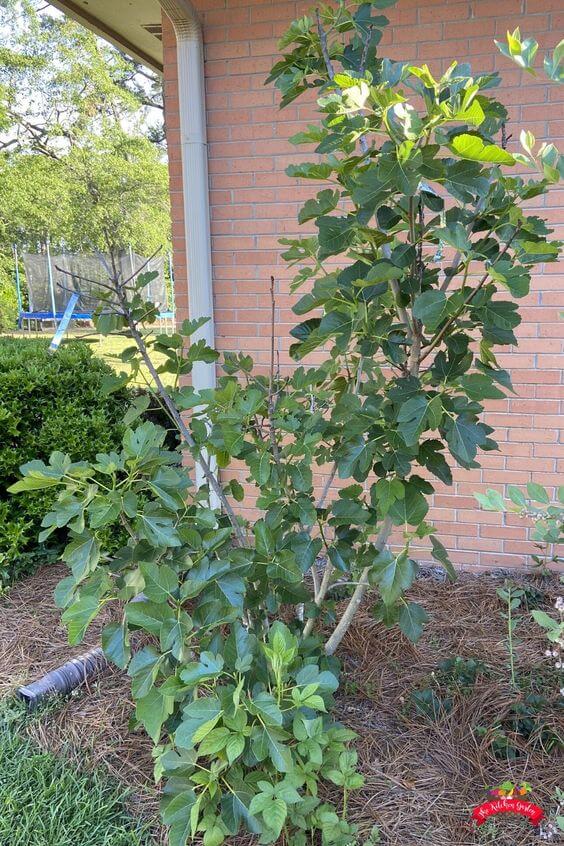
This variety of fig trees grows in soils that are well-draining by nature. The soils can be sandy, loamy, or clayey. As such, the trees support a versatile variety of soils indeed. The pH soils range from 6.0 to 7.5, while the soil can be acidic or neutral by nature.
You can add organic fertilizers to the soil so that it is enriched with the right type of nutrients that support the robust and efficient growth of these trees. Therefore, you must choose a location that has plenty of sunlight with well-draining soil to support its growth and sustainability.
Interesting in learning more? Check out our previous blog on some fascinating desert tree names in detail!
Conclusion
Although the fig trees can sustain through torrid weather conditions, these trees require an extensive level of maintenance during their growing years. These trees need extensive watering during the initial stages of their growth. The fig trees also require mulching to grow.
You may need to add the right quality of organic fertilizers to the soils so they thrive and grow.
Finally, you harvest the fruits post the full-bloom season. You must understand the fact that these trees are grown both by home and commercial gardeners, as the fruits can be put to a variety of uses.
So, how are you planning to grow Desert King fig trees in your very own garden spaces?

